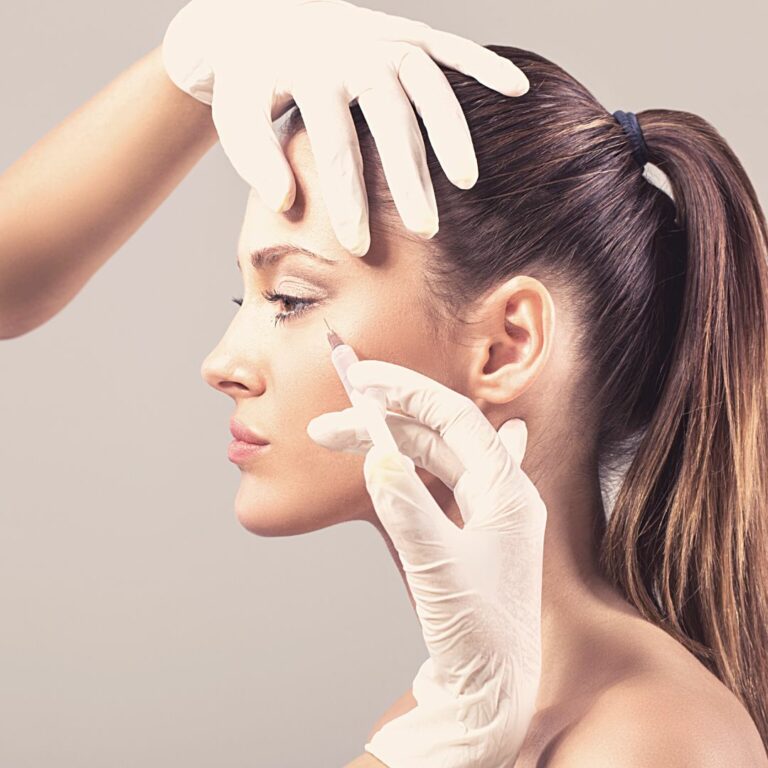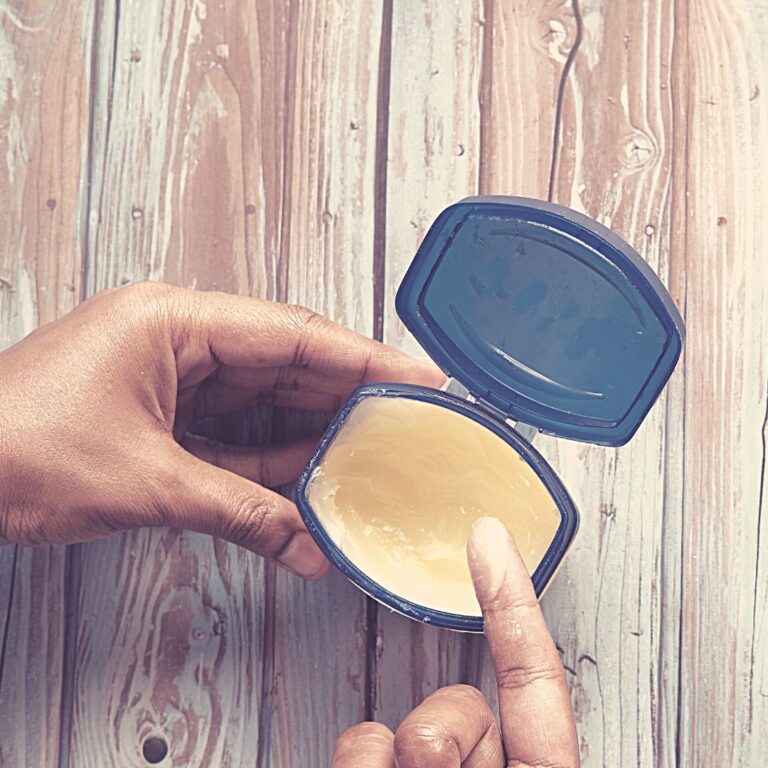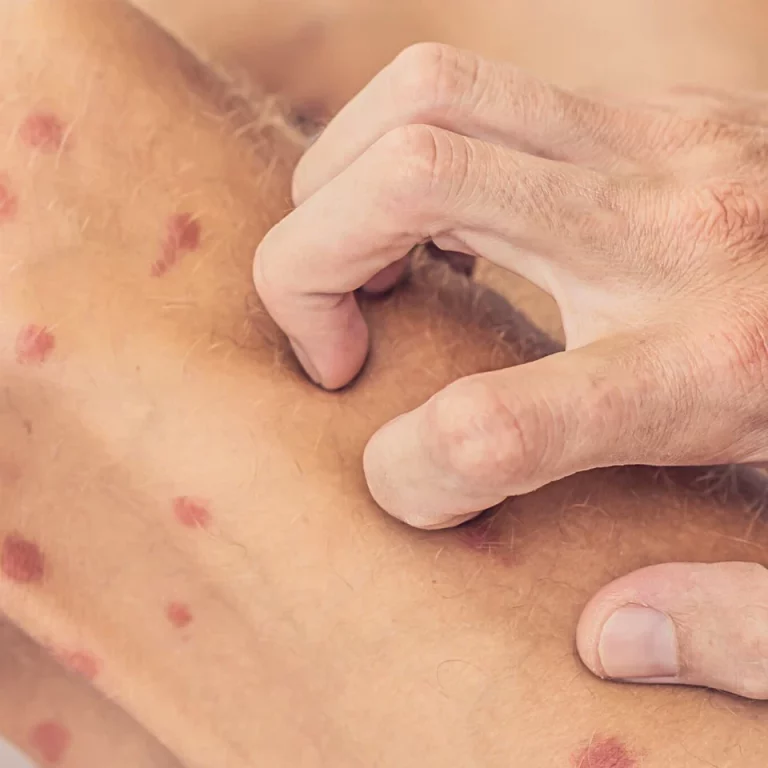Does Stress Affect My Skin?
The short answer? Yes! The skin is the body’s largest organ, serving a wide range of important functions. The skin is the body’s wrapper; the barrier between a person and the outside environment (1) that protects from external hazards, regulates body temperature and substances that enter or leave the body, and produces hormones like vitamin D, among many other functions (2).
The Skin’s Connection To Your Brain
Beyond the defensive and regulatory functions, the skin also interprets, sends, and receives sensory information from the central nervous system (which includes the brain and spinal cord) via chemical messengers that evoke a variety of responses. Because of this, the skin is sometimes regarded as an “external brain” (1). Hence, the relationship between the brain and skin health is becoming increasingly popular as an area of research in dermatology.
What is Stress?
One of the factors that the skin responds to is stress. Stress can be defined as the reactions the body activates when it encounters something it perceives as a potential threat. These can be real or imaginary, and subsequently affect physical, mental and emotional balance, leading to physical changes in the body with the intention of responding and attempting to counter this change (1).
Internal And External Stressors
Stressors vary from person to person depending on personal physiology, age, and genetics. Also, there are external factors related to lifestyle that bombard the body every day, such as irregular sleep, consumption of a diet with an abundance of processed food, exposure to pollution, UV rays, and toxins such as alcohol and drugs that play a role. Internal stressors including emotional stress from work pressure, low self-esteem, and financial difficulties (among many other psychological situations) can also contribute (1)(3). Essentially, it is anything that puts strain on the body and makes it harder to maintain homeostasis.
How Does The Body Respond To Stress?
Encounters with stress are perceived by the central nervous system, activating pathways within the body known as the hypothalamic-pituitary-adrenal (HPA) axis and the sympathetic- adrenal medullary (SAM) axis (3). This is how the skin and the brain communicate through neuroendocrine activity – that is, chemical messengers traveling in the bloodstream. When the body detects stress, the HPA and SAM axes are activated, releasing a series of stress hormones, notably corticotropin-releasing hormone (CRH), glucocorticoids, adrenaline and cortisol (2)(1). Many cells involved in the body’s immune responses are influenced by the HPA axis and its secreted hormones, which is why stress has such a variety of far-reaching effects throughout the body (4).
Stress, Hormones And Your Skin
CRH release stimulates the anterior pituitary to release another hormone, Adrenocorticotropic hormone (ACTH). This acts on the adrenal cortex and adrenal medulla to release cortisol and other catecholamines (a specific type of neurotransmitter) to activate the sympathetic nervous system (SNS), the branch of the nervous system associated with the fight-or-flight response (5). The SNS is central in coordinating the body’s behavioral and chemical responses to stress (6). In fact, the skin also has fully functional peripheral HPA and SAM systems, where skin cells are able to produce CRH, ACTH, and catecholamines, and their receptors to detect and respond to the hormones (5). When the sympathetic nervous system is activated, it triggers the adrenal glands to release the catecholamines epinephrine and norepinephrine, causing changes in blood flow, immune function, and skin cell function in order to prepare the body for activity (6). The fight-or-flight reaction in the skin also sets off a series of behavioral and bodily changes to adapt the body to dealing with the pressure of stress which causes inflammation, itching sensations, and aging (1).
Related: Best Moisturizer After IPL Treatment
Cortisol And Skin
One of the main hormones secreted and found everywhere as a result of stress is cortisol, which has a major impact on the body when there is an imbalance in conditions – when the body encounters a stressor. It is a member of the corticosteroids family and can be detected by glucocorticoid receptors – there are a very large number of these receptors on the surface of skin cells, which means the skin readily responds to stress.
Research has shown that in addition to physical stressors that affect the body, UV exposure and emotional stress also increase the amount of cortisol in the skin (7). Prolonged exposure to stress-induced increases in cortisol and other corticosteroids are shown to impair processes that maintain health of the skin, including a decrease in collagen production which is essential in maintaining its elasticity and structure (4)(7). This also directly impacts skin barrier recovery with delayed wound healing, quicker aging of the skin, and a weakened immune response (7) which can trigger new conditions or make preexisting skin conditions worse (3).
What skin conditions are affected by stress?
With the wide range of cells that are able to respond to a variety of stress hormones, there is a large number of responses in the body and skin that affect skin health. The diseases affected by this include, but are not limited to: acne, eczema, psoriasis, and pruritus (severe itching of the skin). Stress can also make the body more susceptible to infection (1)(2). These can appear in stressful periods, such as with a breakout, or can be amplified by stress, such as worsened eczema and itching.
What can I do to relieve stress?
Mind-body therapies (MBT) are shifting the way people think about health and well-being. It includes a range of holistic practices and treatments that take advantage of the two-way relationship between the brain and the body (6). Some easy strategies to implement when feeling stressed, or to prevent stress, include: meditation, exercise (in moderation – too much intense exercise can be a source of stress), and maintaining a healthy diet rich in antioxidants and anti-inflammatory compounds (2)(7).
This type of treatment has been extended to “healthy aging” or “well-aging” (7). With the lifestyle that accompanies these therapies, the body is able to release another set of chemicals involved in the HPA axis, known for their association with a “feel-good” factor that has pain-relieving properties. Two of these chemicals the body produces, beta-endorphin and encephalin, are found in skin cells and have the ability to restore balance to the skin, thus allowing the re-introduction of regulation of immune responses, maintenance of tissue structure, and general healing (7). Therefore, engaging in such MBT activities that contribute to a healthier brain and body are shown to contribute to healthier aging, which improves overall skin health and can help in tackling skin conditions.
Authors: Keira Barr, MD, Ashley Wong
Sources:
- https://www.ncbi.nlm.nih.gov/pmc/articles/PMC5312181/
- https://www.mindbodygreen.com/articles/whats-the-connection-between-mental-health-and-skin-health
- https://pubmed.ncbi.nlm.nih.gov/32770727/
- https://jddonline.com/articles/dermatology/S1545961621P0062X
- https://www.ncbi.nlm.nih.gov/pmc/articles/PMC4082169/
- https://link.springer.com/chapter/10.1007%2F978-3-030-58954-7_8#DOI
- https://www.ncbi.nlm.nih.gov/pmc/articles/PMC7003805/
We discuss products we think are useful to people. If you buy something through our links, we may earn a commission. Remember to check with your personal physician to see if a product recommended is right for you.








